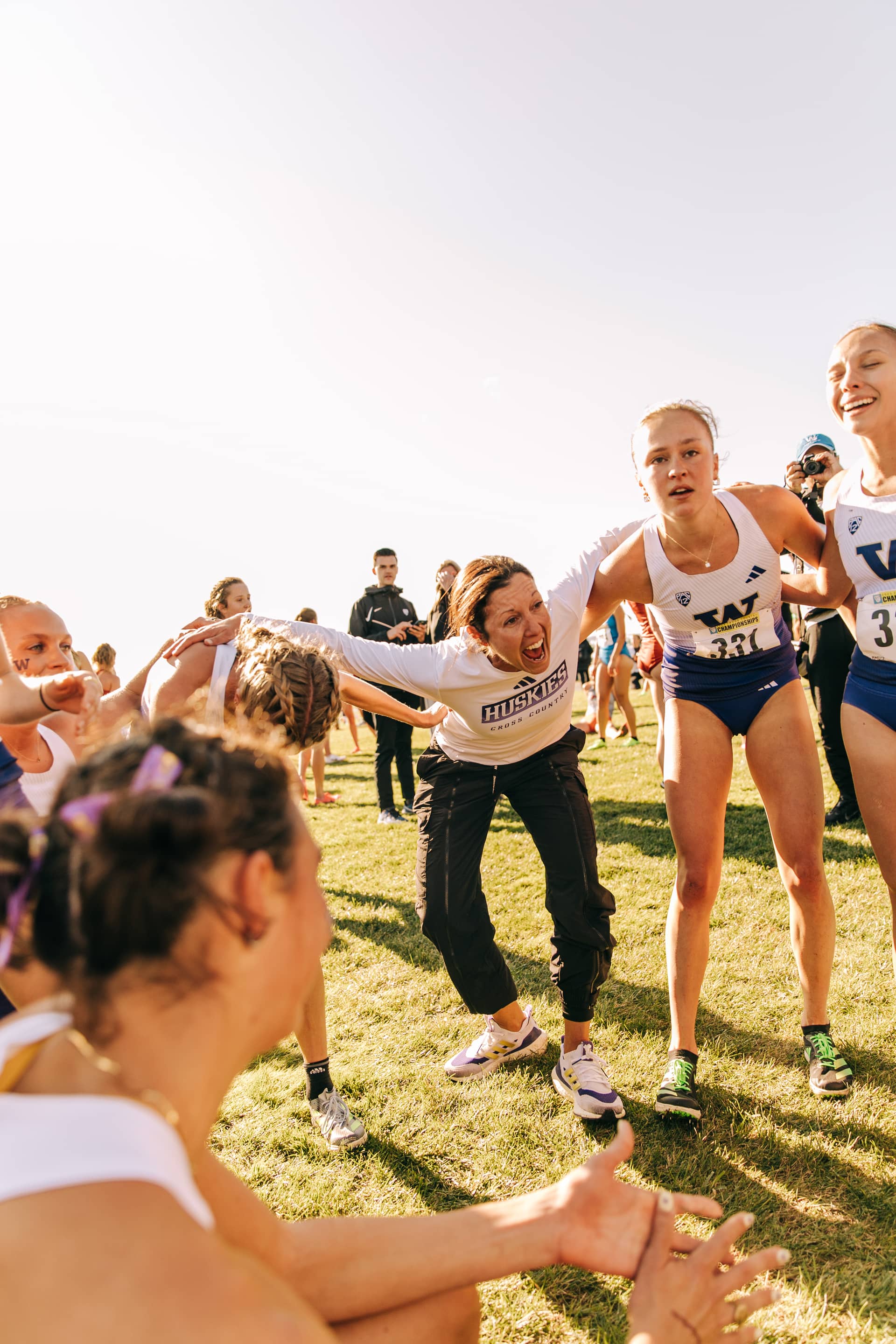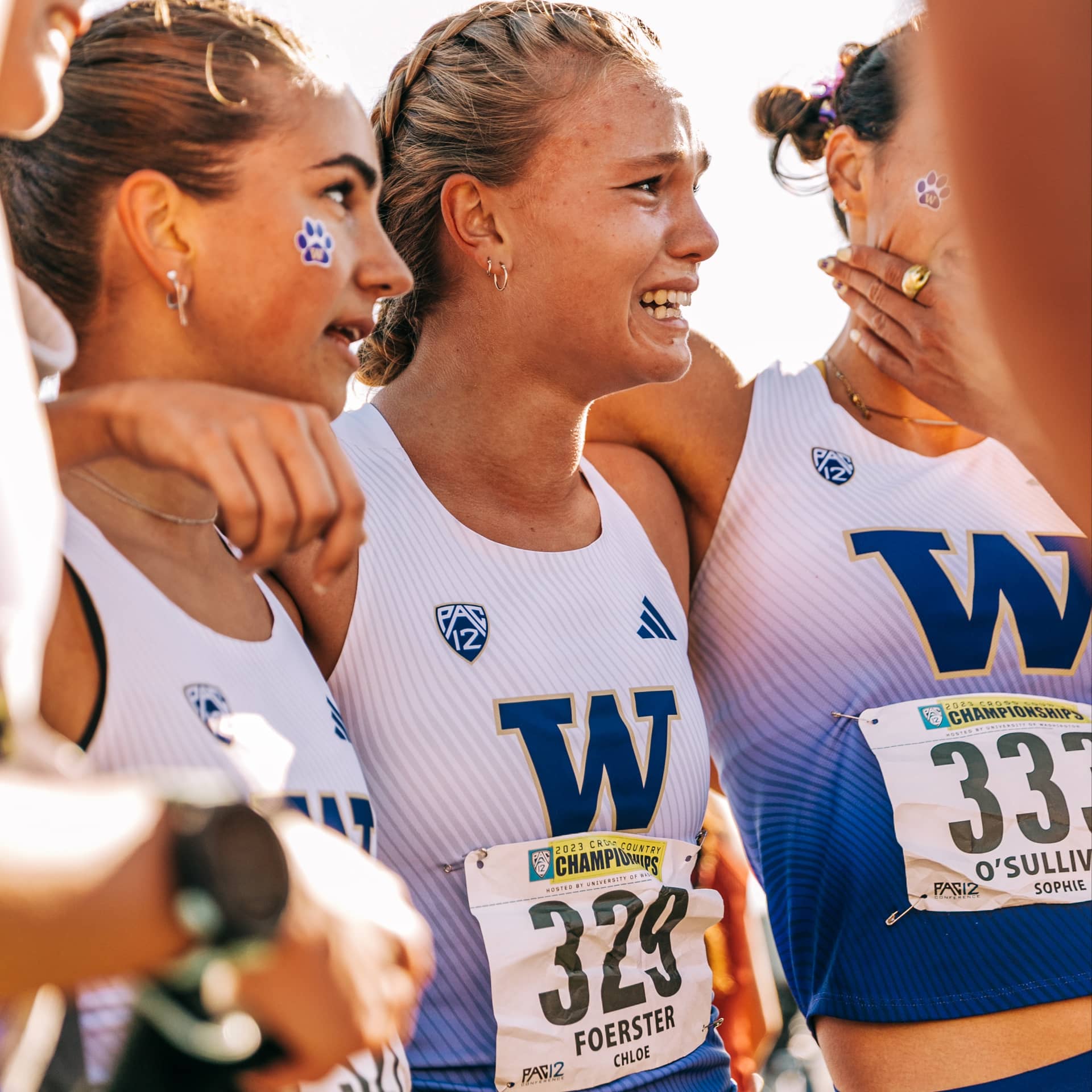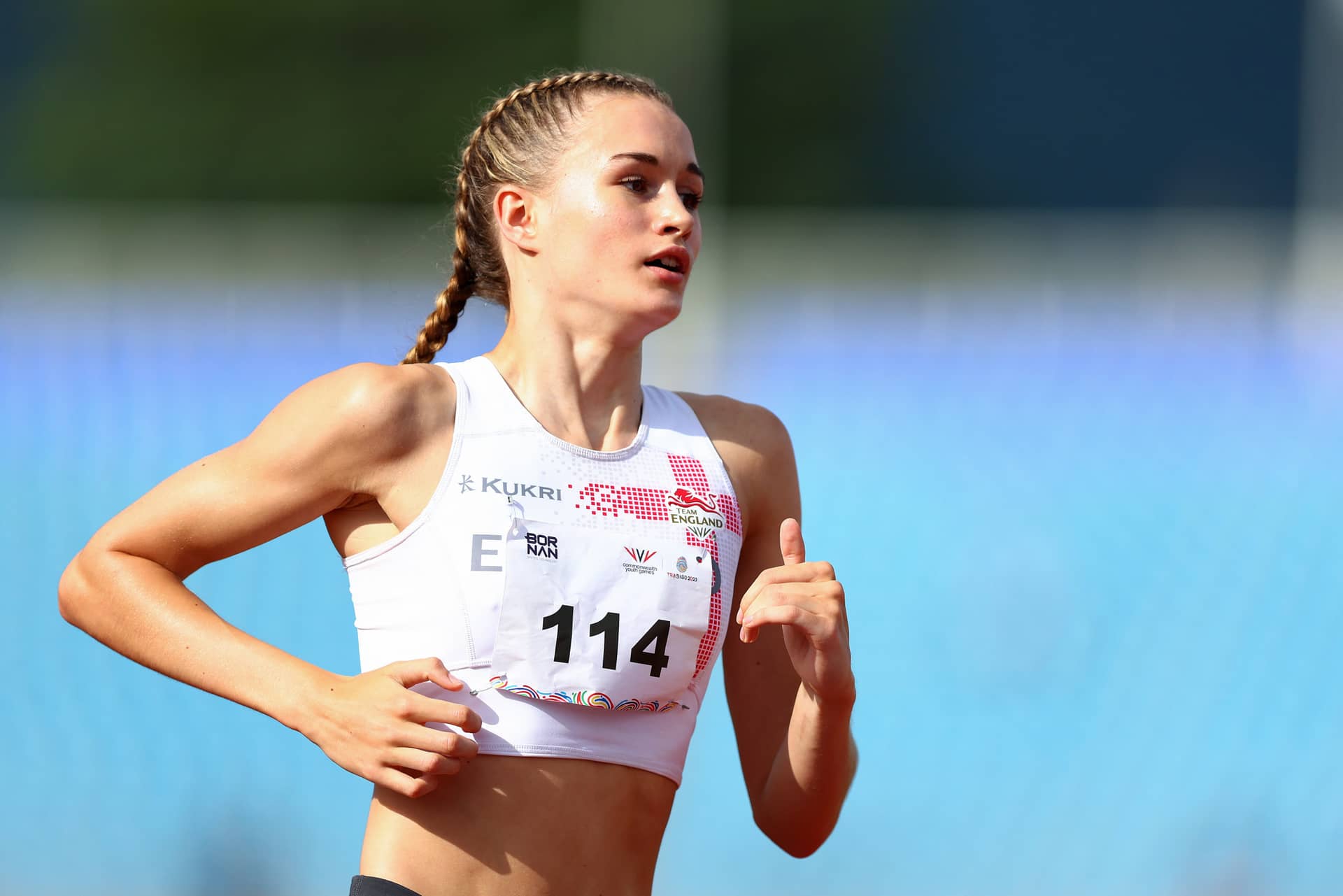Athlete Insights: Phoebe Gill and Holly Graham

Phoebe Gill and Holly Graham are two of Project REDs’ youngest ambassadors, at 17 and 21 respectively, but they’ve both already achieved huge success, in part thanks to learning from their experiences with REDs and adopting a healthy, sustainable approach to fueling.
Holly secured a top-100 finish at the English National Cross Country last year, while, at only 17, Phoebe has added Olympic semi-finalist to her resume, alongside breaking the UK u17 records for the 800m and 1500m in 2023. Ahead of the Games, we caught up with the pair to hear about their experience with REDs and why young athletes and their supporters should take note.

Historically, the normalisation of menstrual irregularities and the neglect of proper nutrition during adolescence have been significant oversights in sports culture. As someone who, like Phoebe and Holly, embarked on their athletic journey as a teenager, I (Pippa) can recall the sense of impatience, bordering on invincibility, that shaped my own perspective on training and nutrition. Back then, maintaining my monthly menstrual cycle and fortifying my bone density ranked low on my list of priorities, reflecting a broader lack of awareness about the pivotal role hormones play in athletic performance and overall well-being.
Peak bone mass, essential for lifelong skeletal health, is typically attained between ages 18 and 25. This means that many young athletes with REDs have only a limited window of time to address the issue before they may, unknowingly, predispose themselves to long-term bone health conditions, such as osteoporosis. The story of Bobby Clay, a junior European 1500m champion, remains a poignant reminder of how easily this can happen to determined individuals lacking sufficient information or support.
I’m 20 years old, and I have osteoporosis. I’m 20 years old, and I've become “that girl." The girl who overtrained the girl who under fuelled. the girl who we are all told about, yet we all just believe it won’t happen to me." - Bobby Clay, Athletics Weekly
But it doesn't have to be this way.
Holly and Phoebe are leading by example, advocating for proactive approaches to athlete health and why it matters for sustainable performance.
Phoebe became English Schools 800m Champion and British U17 record holder at age 16, but it hasn't all been smooth sailing. At 14 years old, her period disappeared, just one year after she started to menstruate. At the time, Phoebe was training like a ‘typical’ club runner, balancing athletics with competitive swimming. Other than a gradual increase in her running volume, nothing had changed—she didn’t have an eating disorder, there hadn’t been a noticeable increase in training intensity, and she wasn’t unduly stressed by other parts of her life outside of running. Thanks, she says, to attending a Project RED-S talk, Phoebe’s parents and coach were able to identify the signs early and take proactive measures to address them, preventing the potential long-term repercussions of REDs.

As the time without a period progressed, I started to feel tired a lot of the time and experienced hair loss, which was really worrying and upsetting. During this time, my mum and coach attended Pippa’s talk and came away feeling empowered and on a mission to help get my periods back. I started seeing an informed nutritionist, and within four months of working together, my periods returned!"
For Holly, becoming a student at Leeds Becket University at age 21 felt like the time to fully commit herself to reaching her potential in athletics. Yet, like many of us, she experienced firsthand how challenging it can be to keep on top of rest and recovery in the fast-paced environment.
She shares her three top tips on navigating student-athlete life:
Prioritise Wisely
Recognise that rest, recovery, and refuelling aren't just essential for overall wellbeing but are also fundamental to performance progression. Even in its subtlest form, insufficient energy intake can result in fatigue, increased injury risk, and decreased performance. Prioritise your time wisely to prevent, as best as possible, last-minute scrambles and the feeling of being overwhelmed by work. Poor time management or a lack of planning, can lead to you either having to sacrifice precious rest, or not having enough time to make a fulfilling meal at the end of the day.
Know Your Limits
Whether it’s training, socialising, or school work, it’s important to know your limits. For example, when I started university, I put a lot of energy into making friends, which meant I was saying “yes” to pretty much everything I was invited to. While you should definitely make sure you enjoy socialising, it’s also good to learn when to say "no." If it’s the fifth evening out with friends that week, it might be time to get an early night instead, or, if you really want to go out, it might mean you need to scale back training the next day if your body is tired. Being an athlete involves pushing your limits, but knowing when to rest and recharge is equally important for long-term success.
Find Your Tribe
Surround yourself with supportive friends and mentors who understand the demands of student-athlete life. A coach who is ‘in the know’ about REDs can provide guidance and encouragement, helping you reach your full potential both physically and mentally. I’d encourage you to ask any potential coaches about their knowledge of REDs and approach to supporting athletes with healthy fueling. When you’re in the process of moving from school to university, it’s really important to have this conversation with coaches, even if it feels a little uncomfortable.
Phoebe, Holly, and countless other young athletes highlight the urgent need for change in how we approach athlete health. Whether it's advocating for better support systems, educating others about the signs and symptoms of REDs, or simply being a supportive teammate or friend, our collective efforts can create positive change.
To delve deeper into Phoebe's insights, head over to the Fitter, Faster, Happier Podcast.
For a more in-depth understanding of REDs risk factors among international student-athletes, explore Project RED-S founder Pippa's article in the British Journal of Sports Medicine.